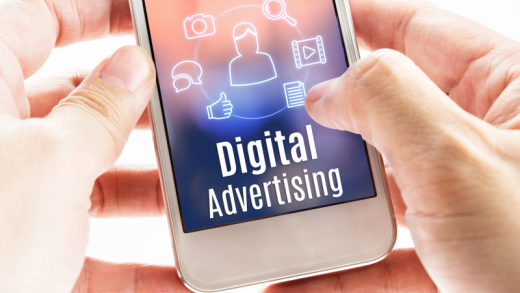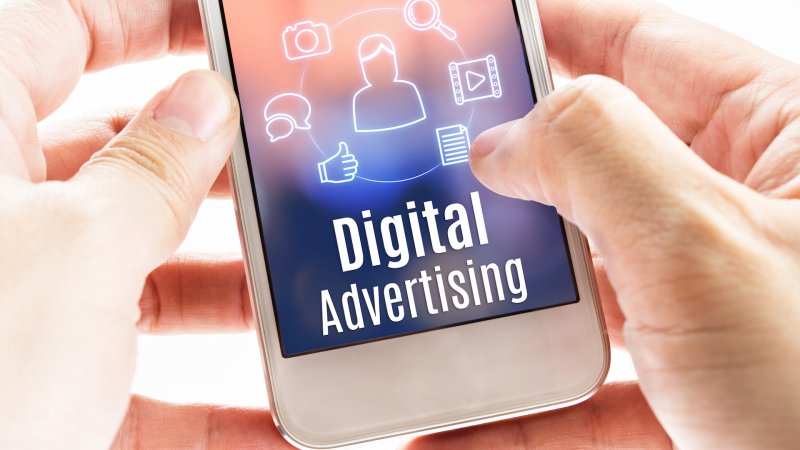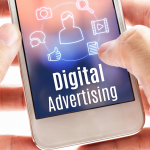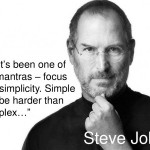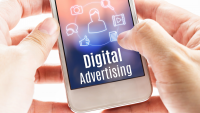P&G slashed its digital ad spend & nothing bad happened: 5 ways ad tech is responding
Procter & Gamble’s results further highlighted problems in programmatic and the digital advertising supply chain. Various initiatives are underway in the advertising technology industry to address these problems and keep ad budgets coming their way.
Digital ad revenues have continued to climb. But not all is well.
In the past year, major brands have called into question the notion that mass marketing necessitates a scattershot approach to digital advertising. Programmatic’s promise to deliver huge scale at cheap prices has brought to the forefront the tension between scale and vetted quality and transparency. Now stories of brands pulling back on programmatic with little to no downside for their businesses add a greater sense of urgency to addressing issues that have long plagued the ad tech industry.
Potential impact on media spend
Procter & Gamble has been the most vocal and visible marketer to question the path ad tech has been blazing and finally push back. When one of the world’s biggest and most digitally savvy marketers says cutting some $140 million in digital ad spend in its fourth quarter had “no negative impact on growth rate,” the industry should take notice.
P&G CFO Jon Moeller said on that quarterly earnings call, on July 27, that the company cuts came where ads were serving bots instead of humans or where the ad placement was not “facilitating the equity of our brands” in terms of context or quality.
JPMorgan Chase told the The New York Times in March, after many brands pulled ads from YouTube over controversial ad adjacencies, that it was adopting a whitelisting approach for display and would extend that to YouTube. Kristin Lemkau, the bank’s chief marketing officer, said after reviewing its placements, the group approved just 5,000 sites for its ad buys with Google and AppNexus. Lemkau said early results indicated there was little effect on CPMs or visibility.
With the added scrutiny and push for more transparency about fees, where ads appear and whether they are visible to humans has put pressure on the once high-flying ad tech industry. Rocketfuel’s bargain sale to Sizmek last month, for a small fraction of its 2013 IPO, is just one indication of a changing landscape for ad tech generally and programmatic specifically.
A report from MediaRadar last month showed the number of programmatic advertisers fell by 12 percent, while those running native advertising campaigns grew by 74 percent in the first quarter of 2017 compared to the prior year. Native has the appeal of typically better click-through rates, transparency and brand safety controls compared to programmatic generally. Additionally, advertisers and publishers have increasingly gravitated to programmatic direct and away from open exchange trading for more control and transparency. Programmatic direct is expected to account for 56 percent of all programmatic display spend, according to eMarketer.
5 ad tech industry initiatives
Proctor & Gamble and JPMorgan Chase aren’t the only ones with wake-up calls for the digital advertising industry. Consumers are making their voices heard by adopting ad blockers. Here are five industry initiatives aimed at trying to bring trust and accountability to the supply chain, improve user experiences and keep ad dollars flowing to digital.
- Ads.txt: In June, the IAB Tech Lab issued the final specs for its method for digital publishers to declare verified sellers. The new protocol is aimed at keeping fake ad sellers and impressions out of the digital advertising supply chain. Publishers post a file to their sites that indicates to buyers which sellers are authorized to sell their inventory. The initiative has received widespread support among the IAB membership.
- Trustworthy Accountability Group (TAG): This industry group formed to counter fraud in digital advertising. In 2015, it launched an initiative to set up a registry of legitimate advertisers and publishers. It has buy-in from players like AOL, AppNexus, Index Exchange, Google and Rubicon Project, as well as from the five major ad agency holding companies, Dentsu Aegis, Interpublic, Omnicom, Publicis and WPP. Most recently, an initial set of nine companies received TAG’s “Certified Against Malware” seal.
- Coalition for Better Ads: In the name of creating better user experiences to try to stem the adoption of ad blockers, this industry group came together in the fall of 2016. Backed by Google, Facebook and industry groups — the IAB, 4As, ANA and WFA. It’s the Coalition for Better Ads standards by which Google says it will identify “annoying” ads and block them in Chrome starting next year.
- LEAN Ads: The IAB Tech Lab developed the “light, encrypted, ad choice supported, non-invasive ads” with a proposed alternative set of standards to address the reasons consumers were turning to ad blockers, by frequency capping and appropriate targeting for retargeting, and limiting the number of ads per page. It also focuses on viewability. Last week, the IAB released its new standard ads portfolio that incorporates LEAN guidelines.
- Blockchain: A couple of noteworthy initiatives are underway to use blockchain technology to bring transparency and safety to digital advertising. The New York Interactive Advertising Exchange (NYIAX) couples old-school contract guarantees for targeted impressions to be bought in the future (rather than real-time) with blockchain technology to enable and record direct transactions. NYIAX is in pilot and expects to open up by the end of this year. The Data and Marketing Association (DMA) and ad blockchain firm MetaX launched adChain in private beta in June. The blockchain technology is meant to offer an open record of digital ad transactions and events, publisher identity and inventory registry and repository for agreements between buyers and sellers.
Whether more brands will follow P&G’s budget-slashing lead or the ad-blocking tide will ebb remains to be seen. But it’s clear from the initiatives laid out above that the ad tech industry is finally taking steps to address these concerns at a holistic level to create a healthier ecosystem.
Marketing Land – Internet Marketing News, Strategies & Tips
(37)

